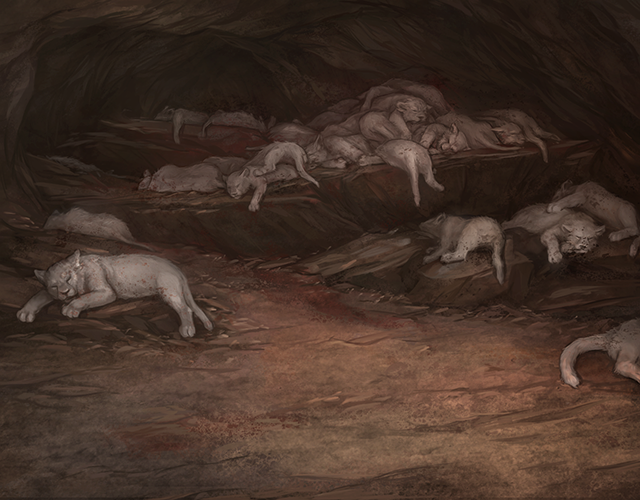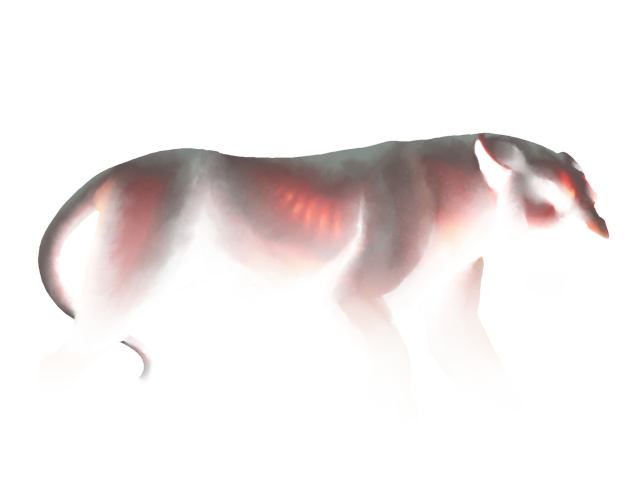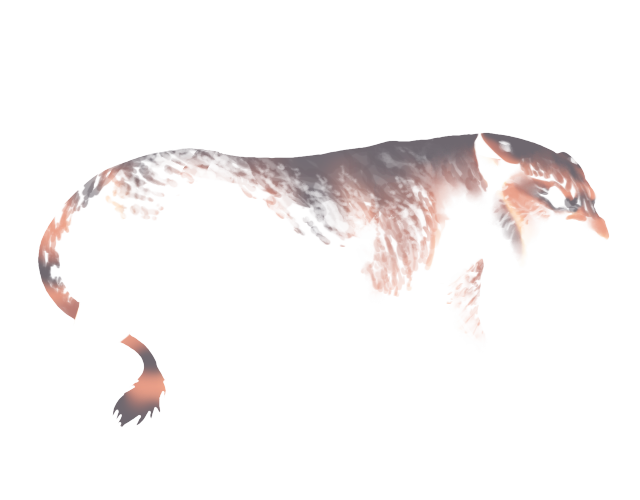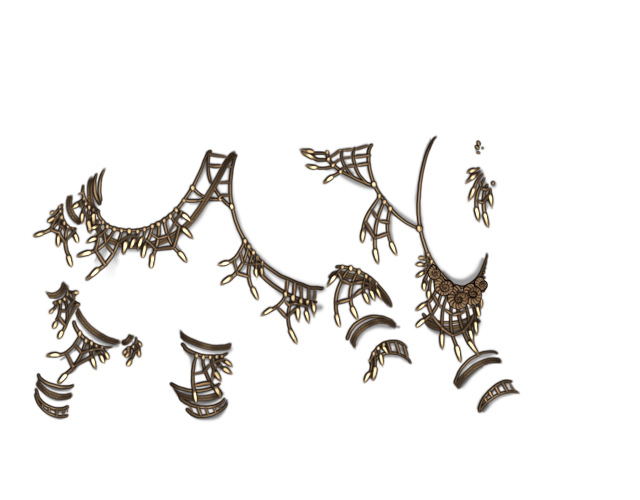Titan|Dusty Rose| Common
"💝"
 |
 |
This lioness is in heat and will be for 1 more day.
| Lion Stats | |||
| Experience |
6970 / 31790 (21%)
|
||
| Level | 18 | ||
| Strength | 14 | Speed | 17 |
| Stamina | 13 | Smarts | 19 |
| Agility | 15 | Skill | 3 |
| Born With: | Unknown | Total Stats: | 81 |
| Lion Currents | |
|---|---|
| Age | 12 years, 7 months old |
| Hunger |
22%
|
| Mood |
100%
|
| Sex | Female |
| Pose | Evil |
| Personality | |
| Adult Stage |
|
Newborn Stage 100% Young Cub Stage 100% Cub Stage 100% Adolescent Stage 100% Adult Stage 81.410256410256% Elder Stage 0% |
| Breeding Info | ||||
|---|---|---|---|---|
| Father | Unknown | Mother | Mimas (Deceased) | View Full Heritage |
| Last Bred | More than 20 days ago | Fertility | Very Low (33%) | View All Cubs Bred (2) |
| Appearance | Markings | |
|---|---|---|
| Base | Dusty Rose (Tawny Skin) |
Slot 1: Noctis Points (72%) Tier 1 Slot 4: Scoundrel Pelage (51%) Tier 3 Slot 5: Bandit Feline (30%) Tier 3 Slot 6: Peach Speckles (80%) Tier 3 |
| Genetics | Cream Dark Countershaded Common | |
| Eyes | Intense Salt | |
| Mane Type | Tsavo | |
| Mane Color | Heavenly | |
| Mutation | None | |
| Marking Slots | ||
| Lifetime Hunting Results | |||||
|---|---|---|---|---|---|
| Total Hunts | 0 | Successful Hunts | 0 | Success Rate | 0% |
Memory Used: 708.16 KB - Queries: 26 - Query Time: 0.00683 - Total Time: 0.01148s

